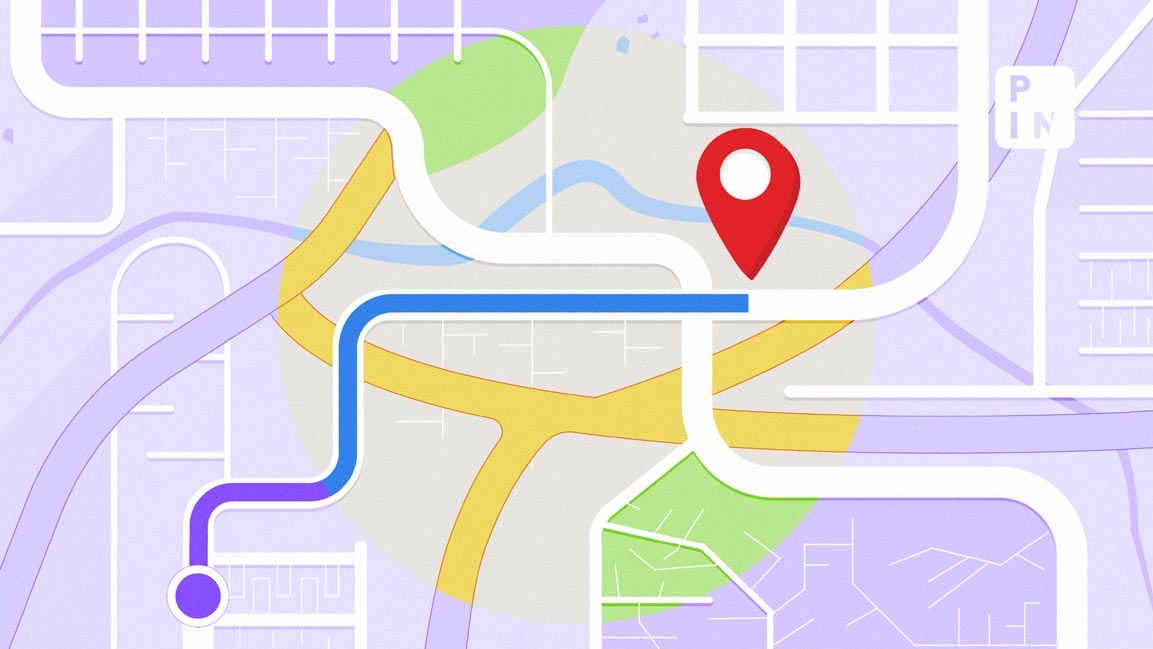- | 11:50 pm
In giant leap for India, Chandrayaan-3 lands on Moon’s south pole
India becomes the only country to successfully soft-land a spacecraft on the lunar south pole

Video editor: Rahul Sanpui
India took a giant leap in the global space race on Wednesday as it became the only country to successfully soft-land a spacecraft on the lunar south pole.
Chandrayaan-3’s successful touchdown on the Moon came three days after Luna-25, a Russian spacecraft that was headed for the same region, crash-landed.
India is now only the fourth country after the US, China, and the erstwhile Soviet Union to achieve a soft landing on the Moon.
Indian Space Research Organisation (Isro) chairman S. Somnath said, “India is on the Moon… Chandrayaan-3 is the result of the work done by thousands of scientists, engineers, our staff, industries, and our support teams across other places.”
” This is the work of a generation of Isro leadership and scientists. This is a journey we started with Chandrayaan-1, and continued with Chandrayaan-2,” he added.
Speaking from Johannesburg in South Africa, where he is attending the five-nation BRICS summit, Prime Minister Narendra Modi congratulated Isro’s scientists for the feat and said the success of the mission heralds a new dawn for new India.
Chandrayaan-3 consists of an indigenous lander module, a propulsion module, and a rover. Isro says the mission has three primary objectives: attempt a soft landing on the Moon, conduct rover operations, and carry out scientific experiments.
The soft-landing phase comprising four stages – rough braking, altitude hold, fine braking, and local navigation – was telecast live from 5.20 pm on Wednesday.
In the ‘rough braking’ phase that lasted about 11.5 minutes, the height of the lander was lowered from 30km to 7km, from a velocity of 1,680 meters per second to 358 meters per second.
The ‘altitude hold’ phase lasted for 10 seconds and was followed by the 3-minute ‘fine braking’ phase, during which the lander’s altitude was lowered to 800 meters at a velocity of near zero from the lunar surface.
In the final phase, as the spacecraft neared 150 meters from the lunar surface, Isro engineers shut down two engines. The lander then hovered for about 22 seconds before softly touching down in the southern Sinus Sinarum region at 6:04 pm.
Dr. Yashwant Gupta, director of the National Centre for Radio Astrophysics at the Tata Institute of Fundamental Research (TIFR) in Pune, told Press Insider, “The landing maneuver is one of the most difficult and crucial aspects of the entire operation. In a normal airplane flight, the most crucial phases are the take-off and the landing, and it is even more so for this kind of uncrewed autopilot landing being attempted onto the surface of a foreign body outside earth.”
“This descent phase is the most crucial, and it takes a very significant amount of technology and effort and thinking about the various prospects and possibilities of what may go wrong and what should be done, and it has to be done in multiple stages systematically to reach the final target slowly,” Gupta said.
Elaborating on past failed missions, Arvind Paranjpye, director of Nehru Planetarium at the Nehru Centre in Mumbai, said, “We need to understand what went wrong when Luna-25 attempted landing and during Chandrayaan-2’s landing; the Luna-25 mission failed in the orbit itself, but Chandrayaan-2’s orbiter is working successfully for four years now.”
TIFR’s Gupta said Isro has learned from its past failure.
“The rough braking phase lets the lander module get into the correct position from where it can be maneuvered. Any missteps should be correctable during the smooth braking phase. But if it has deviated too far, then smooth braking may not help in gaining control of the spacecraft. The fact that this was done with pinpoint accuracy shows that Isro has mastered this art. This opens the door to innumerable possibilities for the future in terms of exploration of the Moon and space,” Dr. Gupta said.
“The mission to the south pole of the Moon is vital as there is evidence of water and further probe will be able to determine the quantity and nature of this water,” Paranjpye said.
Chandrayaan-3 began its journey on 14 July from the Satish Dhawan Space Centre in Sriharikota, Andhra Pradesh.
Isro scientists calculated the landing time after considering the lunar cycle, moon-earth alignment, and several aspects of moon weather.
In 2019, the Chandrayaan-2 mission failed to achieve a soft landing following a technical glitch in the lander. However, this time, scientists were confident to carry out the landing successfully and shared that they had made specific changes in the lander.
Meanwhile, on the moon, Chandrayaan-3 will carry out a range of scientific studies. These include examining the properties of light reflected or emitted by Earth as seen from the Moon, estimating the occurrence and nature of “moonquakes,” understanding the characteristics of the Moon’s thin atmosphere, and accurately measuring the distance between the Earth and the Moon using lasers.
Gupta said once it touches the lunar surface, the 6-wheeled rover will have enough power for 14 Earth days, which equals 1 Moon day, when it will get continuous sunlight.













